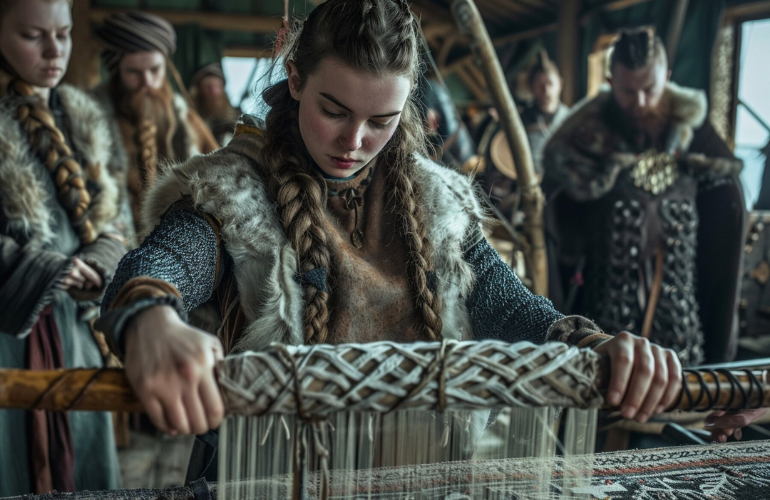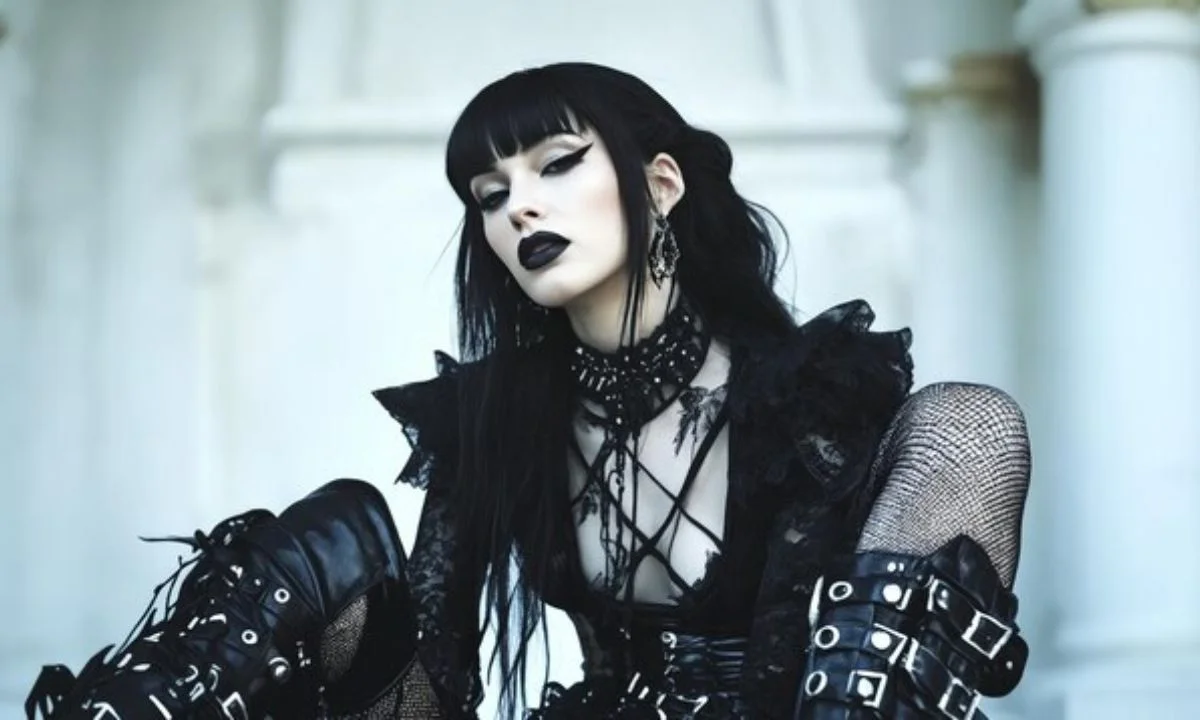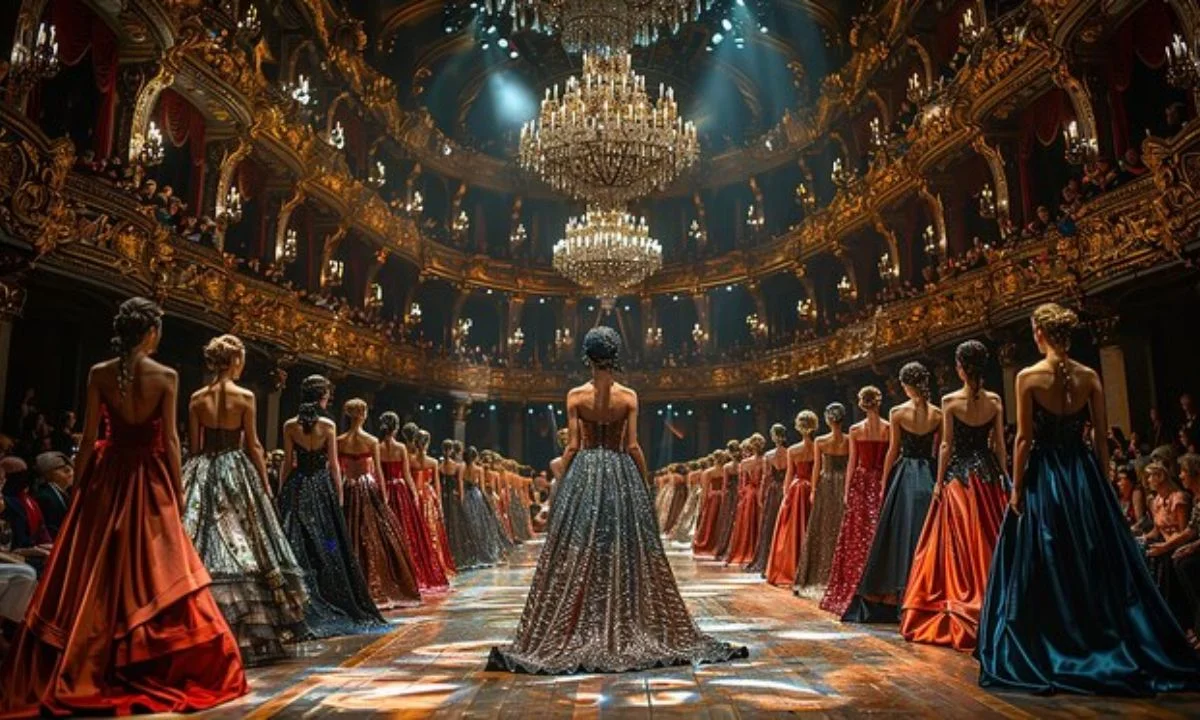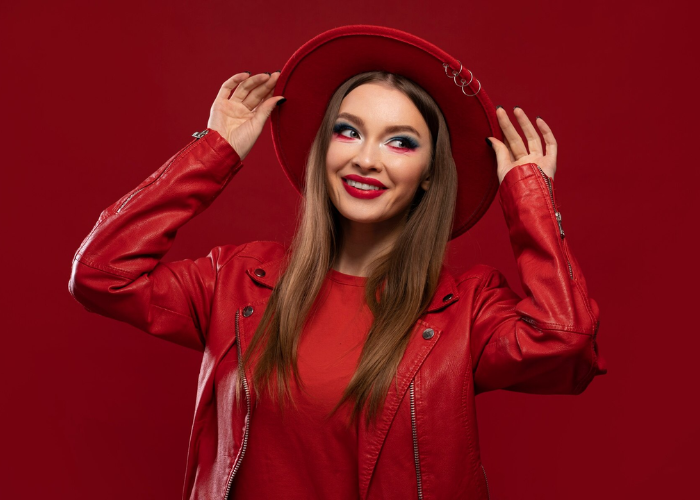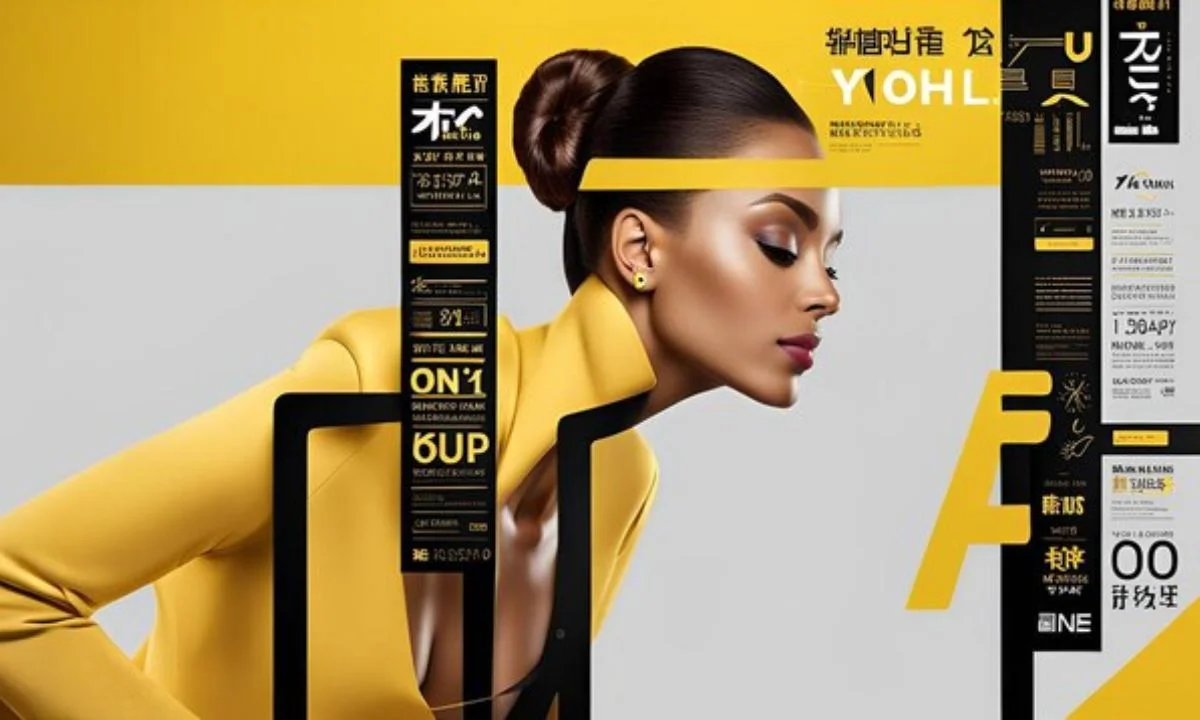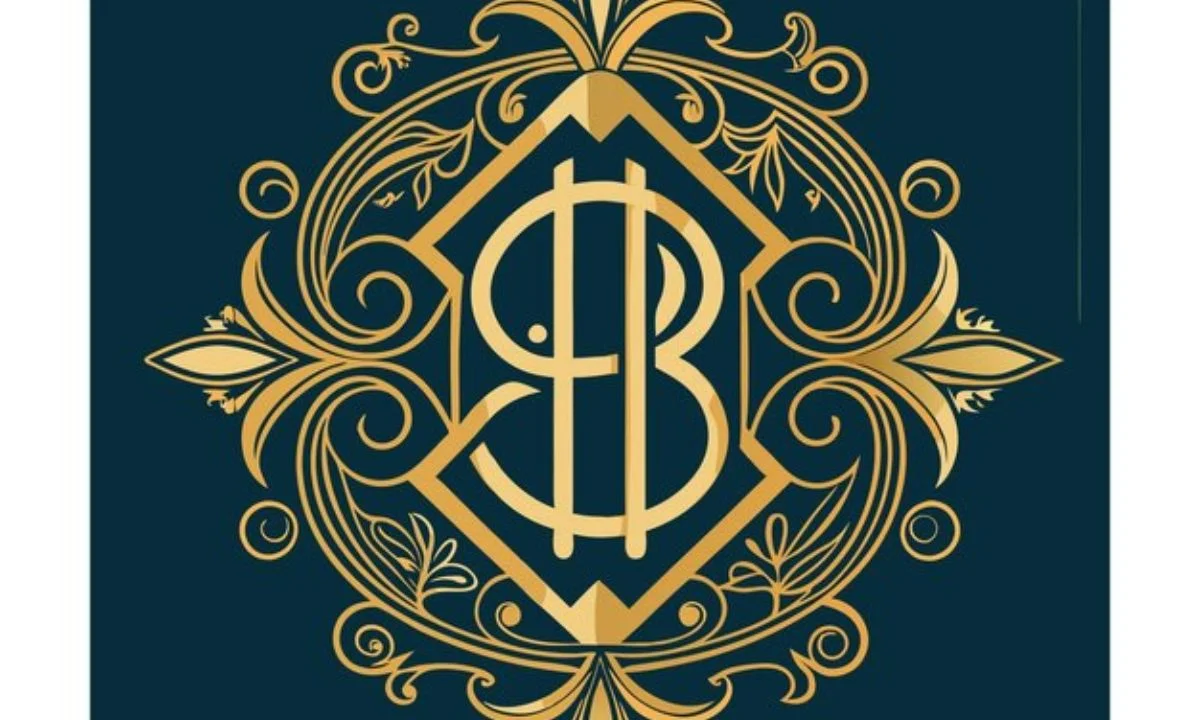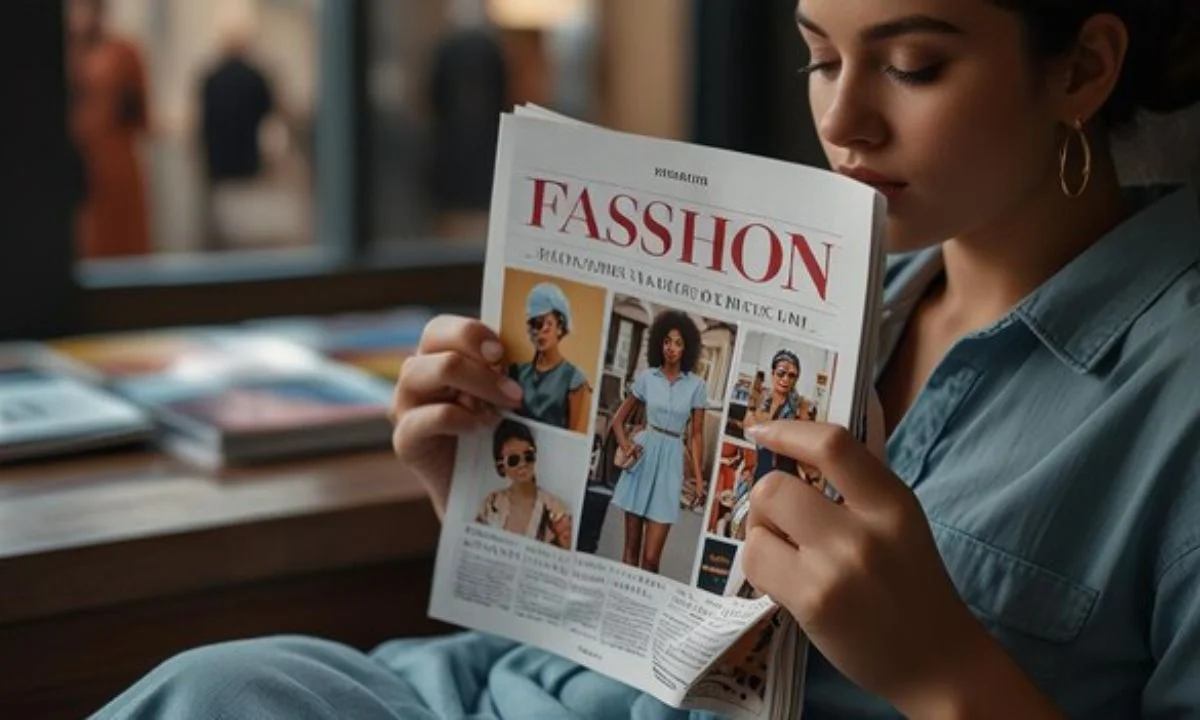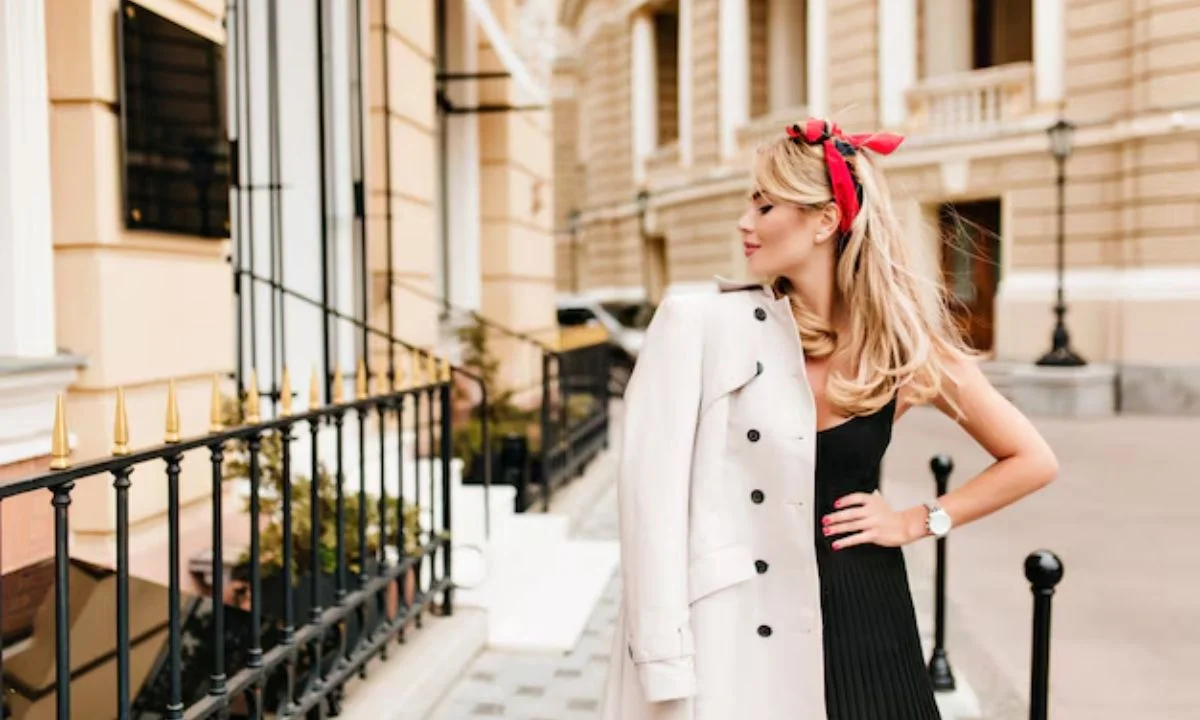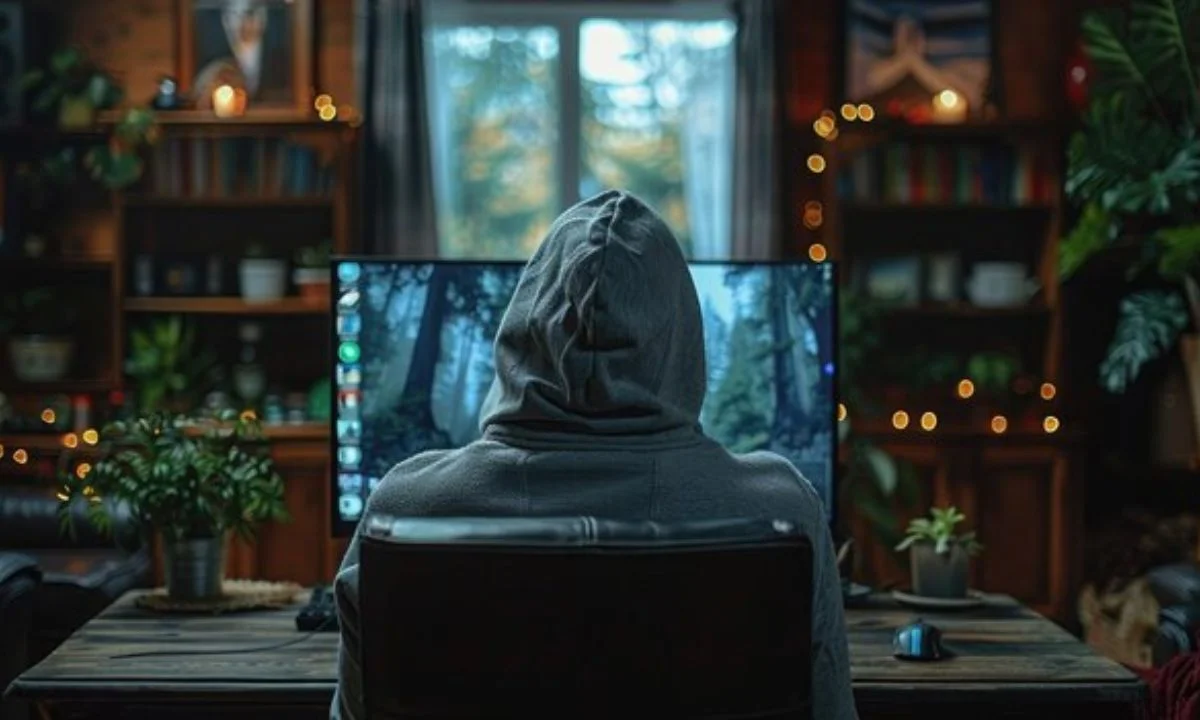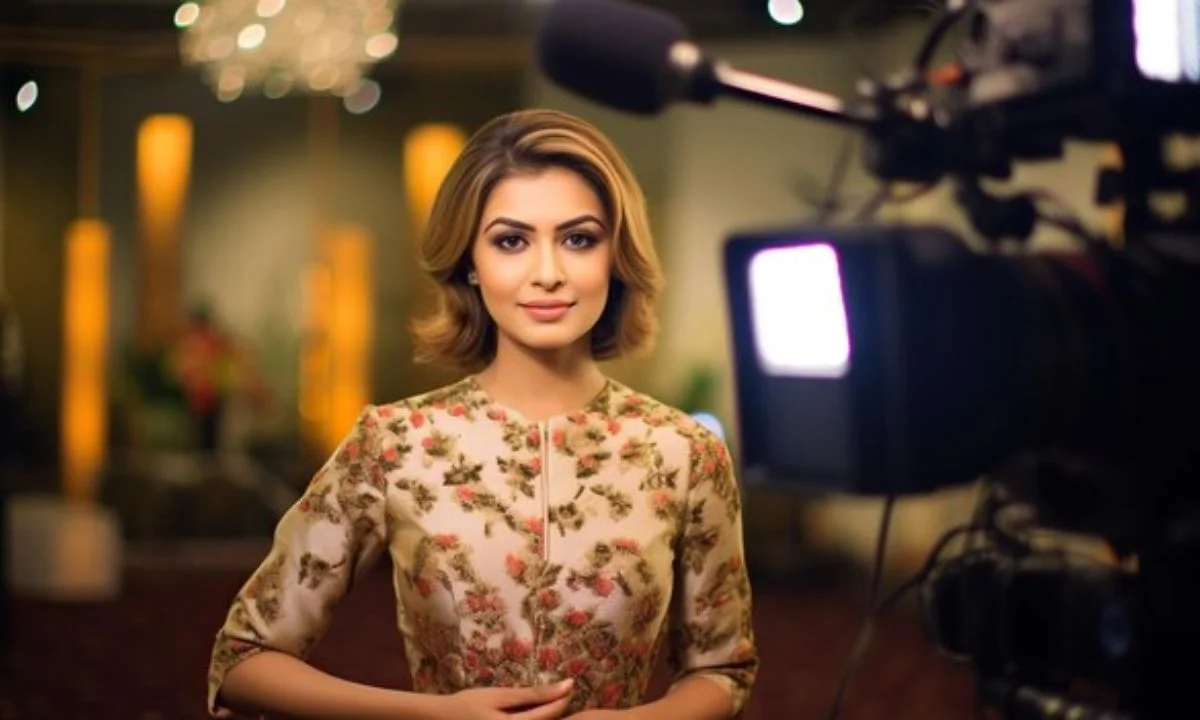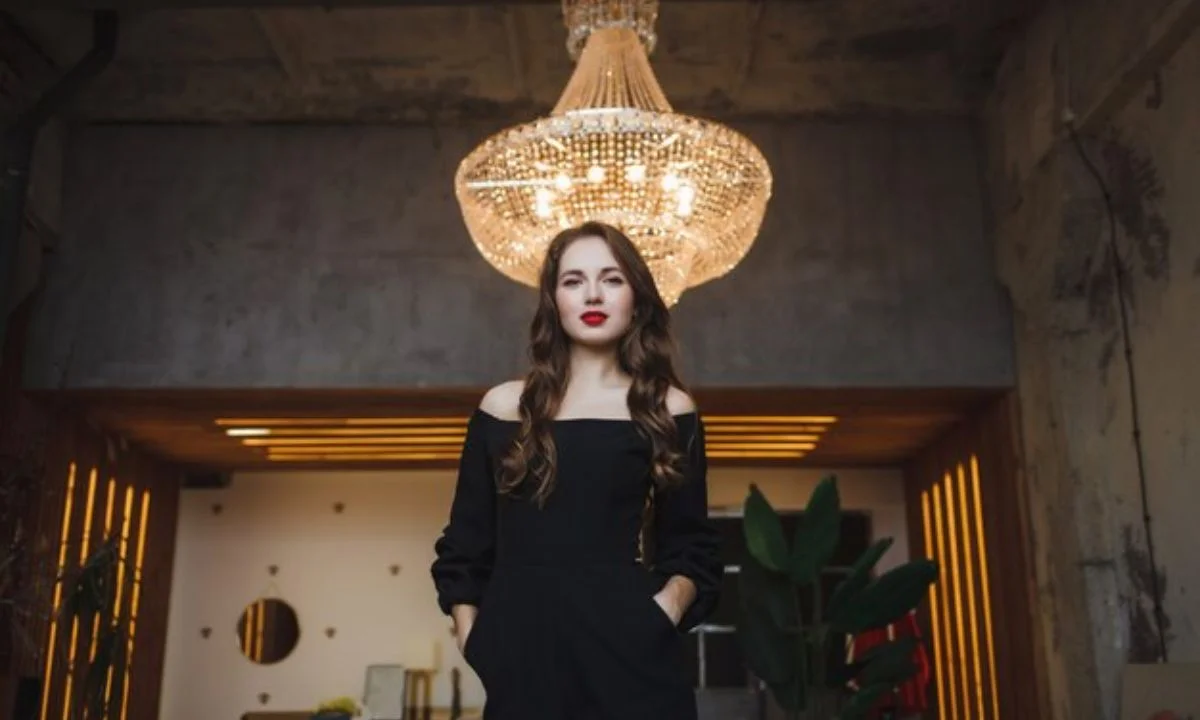Viking wedding traditions are fascinating and full of rich symbolism, reflecting the beliefs and values of the ancient Norse people. These rituals weren’t just about uniting two individuals; they also forged alliances between families and ensured prosperity for future generations. As we delve deeper into Viking weddings, you’ll learn about the customs, symbols, and special meanings that made these ceremonies so important.
The Importance of Marriage in Viking Society
Marriage in Viking society wasn’t merely a union between two people; it was a critical social contract that involved families and even entire communities. Unlike modern weddings, Viking marriages were not solely based on love but were often arranged for political or financial reasons. However, the couple’s happiness and harmony were still vital components, as the Vikings believed that a prosperous marriage ensured a fruitful family life.
Must read:Boxed Beard: The Ultimate Guide to a Sharp, Defined Look
A Viking marriage was seen as a way to strengthen family ties and increase wealth and status. When a man and woman married, they brought together two families, often expanding both their wealth and influence. While love was sometimes secondary, it wasn’t absent, and there was a great emphasis on mutual respect and partnership.
The Role of Handfasting in Viking Weddings
One of the most significant Viking wedding traditions is handfasting, which was the act of physically binding the couple’s hands together with a cloth or ribbon. This symbolized the binding of their lives and destinies. The practice of handfasting was seen as a public declaration of their bond and was often performed in front of the community, ensuring that everyone acknowledged their union.
The act of handfasting also had a spiritual dimension. The Vikings believed that the gods blessed the couple through this ritual, ensuring that their relationship was long-lasting and fruitful. This custom, still found in some modern wedding ceremonies, shows how the Vikings integrated their belief in fate and the divine into everyday life.

The Exchange of Swords and Bridal Gifts
Another essential Viking wedding tradition was the exchange of swords between the bride and groom. This ritual represented trust and protection, with the groom giving the bride his ancestral sword, symbolizing that she was now under his protection. In return, the bride would offer the groom a new sword, showing her acceptance of her role as his partner and guardian of their home.
Along with swords, bridal gifts were exchanged as part of the marriage contract. These gifts, called “mundr,” were essential in sealing the marriage agreement between families. The groom would give gifts to the bride’s family, showing that he could provide for her, while the bride’s family would offer dowries, such as land or livestock, to help the new couple start their life together.
Viking Wedding Ceremonies: Honoring the Gods
Viking wedding ceremonies were typically performed outdoors, often near sacred sites like lakes, forests, or ancient stones. These locations were chosen because the Vikings believed in the power of nature and its connection to the gods. The ceremony would often be presided over by a gothi or priest, who invoked the blessings of the gods, especially Freyja, the goddess of love and fertility, and Thor, the god of protection and strength.
The couple would also make offerings to the gods during the wedding. These offerings, called blóts, included animal sacrifices or food, given to ensure the gods’ favor. After the ceremony, the couple and their guests would feast together, celebrating their union with music, dancing, and storytelling.
The Significance of the Viking Wedding Feast
A Viking wedding would not be complete without a grand feast, which was a key part of the celebrations. This feast, held after the ceremony, was more than just a party. It was an important social event that marked the union of the two families and the newly married couple’s introduction to their new roles in society.
The wedding feast typically involved large amounts of food and drink, including mead, a honey-based alcoholic drink that symbolized fertility and sweetness in marriage. The couple would drink from the same horn of mead to signify their unity. It was expected that the feast would last for several days, with guests participating in games, challenges, and speeches to honor the couple.
Viking Bridal Clothing and Its Symbolism
Viking bridal attire was deeply symbolic. The bride typically wore a long gown, often adorned with intricate embroidery, and her hair was styled in a special way to mark her transition from maidenhood to marriage. The bridal crown, usually made of silver, was one of the most iconic symbols of the Viking wedding. This crown symbolized purity and protection, and wearing it was believed to keep evil spirits away during the ceremony.

The groom’s attire was also significant, often consisting of a tunic and cloak, adorned with family symbols. His outfit would reflect his social status, and he, too, would wear accessories that symbolized his readiness for marriage and responsibility.
Viking Wedding Night and Rituals
The Viking wedding night was an essential part of the wedding tradition. After the feast, the newlyweds were escorted to the bridal chamber, where the marriage would be consummated. However, this was not a private affair. The community often played a role in ensuring that the couple retired to bed, sometimes even performing a mock abduction to symbolize the bride’s transition into married life.
The couple would also place swords under their bed to protect them from evil spirits during the night, as they believed that the first night together set the tone for the rest of their marriage. This act symbolized the bride’s protection and her new role as the keeper of the household.
The Influence of Viking Wedding Traditions Today
Though many Viking wedding traditions may seem strange or outdated by modern standards, some customs have made their way into contemporary wedding ceremonies. Handfasting, for example, is still practiced in many cultures today, symbolizing the eternal bond between partners. The idea of giving and receiving bridal gifts also remains a tradition, though in different forms, such as wedding rings or dowries.
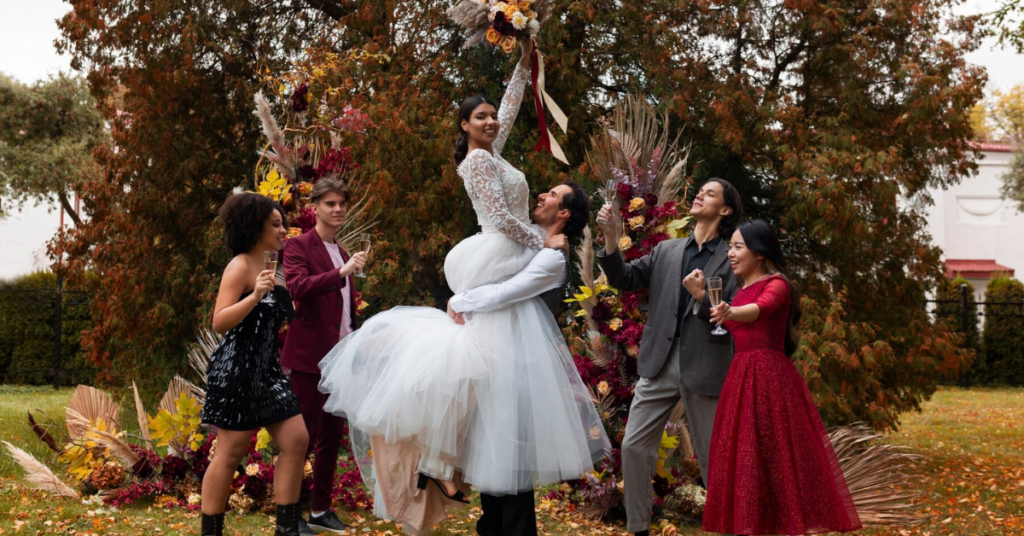
Additionally, the Viking emphasis on family and community involvement continues to be a core value in many wedding celebrations. The importance of coming together, sharing food, and honoring the union of two people remains a universal concept that resonates with many couples today.
FAQs about Viking Wedding Traditions
1. What is Viking handfasting?
Viking handfasting is a wedding tradition where the couple’s hands are tied together with a ribbon or cord, symbolizing their bond and unity in marriage.
2. Why did Vikings exchange swords at weddings?
The exchange of swords in Viking weddings symbolized trust and protection, with the groom giving his ancestral sword to the bride and receiving a new one in return.
3. How did Vikings celebrate their wedding feasts?
Vikings celebrated their weddings with large feasts that included mead, games, and entertainment. These feasts often lasted for several days and involved the entire community.
4. What role did the gods play in Viking weddings?
The Vikings believed in honoring the gods during their weddings, especially Freyja and Thor, to bless the couple with love, fertility, and protection.
5. Are any Viking wedding traditions still practiced today?
Yes, some Viking wedding traditions like handfasting and communal feasts are still practiced in modern wedding ceremonies, often to celebrate cultural heritage.
Conclusion: The Lasting Legacy of Viking Wedding Traditions
Viking wedding traditions were more than just rituals; they were deeply woven into the fabric of Viking life. From handfasting to the exchange of swords, every custom had a purpose and meaning that reflected their beliefs in honor, protection, and the divine. These traditions helped to solidify family bonds, create alliances, and ensure prosperity for the future.
As we look back at these ancient customs, it’s clear that they hold a lasting legacy, not only for the Vikings themselves but for modern couples seeking to honor their heritage or add a unique element to their own wedding ceremonies.For more in-depth details on Viking weddings, check out this external resource.

